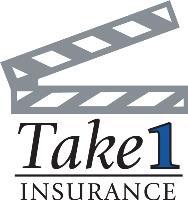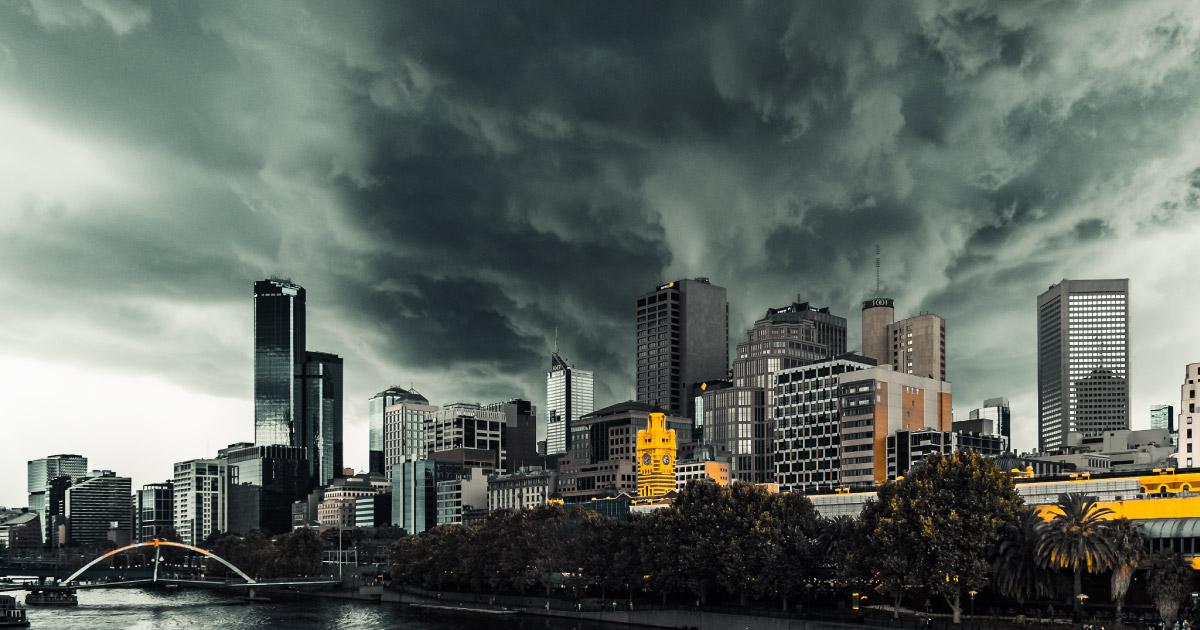
This article is sponsored by Take1 Insurance.
For those who work in the live-event production industry, the year spanning 2011 to 2012 is remembered as a really terrible point in time. In August, 2011 the stage collapsed at the Indiana State Fair, killing seven and injuring 43; that same year, several were injured when sudden weather blew in at the Ottawa Bluesfest and downed the stage's 50-ton roof. A year later, the stage collapsed during a Radiohead concert in Toronto killing one and injuring three, while at the Pukkelpop Festival in Belgium, a freak storm killed five and injured over 100 others, including some seriously.
That dismal period shone a less-than-welcome spotlight on the live-event industry, particularly on the concert-touring sector. But it also brought about a number of very positive changes within the live-event community focused on event safety. In particular, the Event Safety Alliance (ESL), a non-profit organization dedicated to promoting “life safety first” throughout all phases of event production and execution, created a number of best practices that have made the event-production business palpably safer. New protocols around personal safety equipment and weather monitoring have contributed to an industry that hadn’t seen an event-production-related fatality in the U.S. since then.
The live-event production business has now become a model of how industries and the communities around them can and should anticipate and react to catastrophic occurrences such as those that impacted the concert-touring business nearly a decade ago. Since then, live events have become far safer places, for both those who attend concerts and those who make them happen. The clusters of disasters large and small that seemed so ubiquitous a decade ago have been largely curtailed.
And event liability insurance has played no small part in this turnaround. It’s not just that insurance coverage provides producers and concertgoers with a sense of confidence — it does, allowing producers and designers to continue to develop new and more exciting ways to entertain. But the process of insurance — the mandate to make sure that all vendors and suppliers of a production, as well as the producers themselves, have their own liability coverage, and that each entity has suitable and appropriate coverage — greatly contributes to a letting a live production take place at all in the economic environment that followed the disasters of almost a decade ago. Producers and planners have become used to asking about the true claims histories of vendors, further benefitting the industry by rewarding the best vendors and suppliers with more work.
Event promoters and planners today are far better prepared in terms of the event liability and special event insurance they carry, and that, in turn, has helped boost the confidence of the insurance industry, with more providers willing to come into the event-production market, with a wider variety of coverage plans that bring flexibility to an evolving industry. This dynamic has also meant more competitive premium costs. It’s reasonable to assert that even as the costs for labor and goods necessary for event production at a very high level have increased, the costs to maintain proper insurance for it have remained relatively stable, adjusted for inflation.
So the success of the event-production industry over the last seven or so years has been one largely due to the heightened awareness around liability that has come out a brief but unfortunate moment in the industry’s modern history. Now, incidents like those in the past are exceedingly rare, and serve to underline how insurance has made the event space both safer and more innovative. And as multi-billion-dollar sectors such as music and advertising have come to rely that much more heavily on live events, the next chapter in event production looks even safer, more secure, and more financially sound, as the right event liability and special event insurance products provide the ultimate backstop to its economic foundations.
Interested in learning more about event-liability and special-event insurance?
Click here to contact the Take1 team.







